Magnifying President Biya’s Peace Efforts Within
- Par Godlove BAINKONG
- 23 Jun 2020 11:25
- 0 Likes
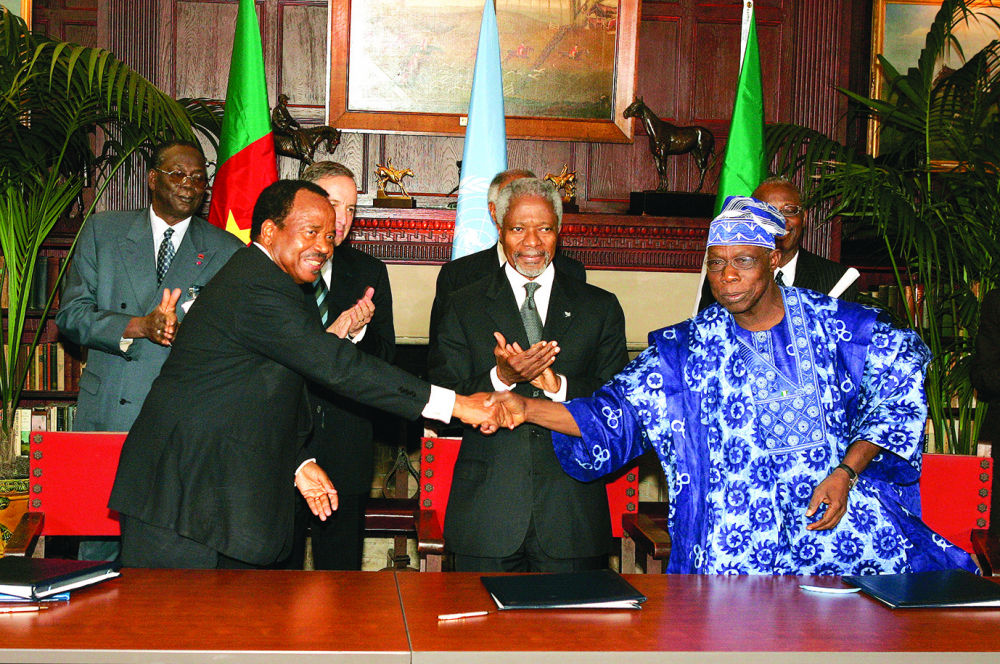
Setting up a humanitarian assistance plan, creating the disarmament committee, peaceful resolution of Bakassi conflict, politics of appeasement…speak volumes of a peace crusader.
Cameroon’s Head of State, Paul Biya, as portrayed by the recent edition of a bilingual magazine “Hommage à la République”, is a peace advocate par excellence. The publication in its special edition captioned, “100 Actions of President Paul Biya in Favour of Peace,” among others details what the country’s Chief Executive has been doing to iron out differences among his fellow compatriots. Even where and when conflict strikes, the publication observes President Biya has always been with his people not only to cushion the effects of whatever crisis but as well to make conditions favourable for better living together; cultural and linguistic differences notwithstanding.
Setting Up the Humanitarian Assistance Plan
The Humanitarian Assistance Plan is government’s structured platform to address urgent and essential needs of the populations of the North West and South West Regions living under security threats or forced by insecurity to abandon the comfort of their homes and their activities. It was set up against a backdrop of socio-political crisis in the two restive dominantly English-speaking regions. This is thus a framework through which Cameroonians and friends of the country have been showing their hospitality and great spirit of solidarity to their compatriots in distress. The FCFA 12,716,500,000 plan (financed from the State budget, calls for national and international solidarity as well as assistance from development partners), complements multidimensional efforts of Defence and Security Forces who have been carrying out civil-military actions for the benefit of the affected populations. These include notably the construction of drinking water points, the administration of basic health care, the supply of school equipment and the distribution of essential items among others.
Even away from the magazine, there is also the Presidential Plan for the Reconstruction and Development of the North West and South West Regions which is already holding consultation meetings on the field to seek ways of living up to expectation. First evaluation indicates that some 350 schools, 115 health Centers, 40 bridges, 400 water points, 500 km of low tension powerlines, 600km of rural roads, 45 markets, 12,000 private houses were destroyed and about 300,000 personal documents lost. Efforts are on to repair the damages.
According to “Hommage à la République”, all these have given hope to many citizens.
Disarming, Reintegrating Erring Citizens
The Head of State’s decision on November 30, 2018 to set up a National Disarmament, Demobilisation and Reintegration Committee for ex-fighters of Boko Haram and armed groups in the North West and South West Regions, the magazine notes, has and will continue to have wide-ranging effects on peaceful cohabitation. More so because, Boko Haram insurgency in the northern regions and separatist actions by armed groups in the North West and South West Regions have one thing in common – destabilising the once haven of peace - Cameroon. Many observers saw any leader opting solely for a stick in the face of the crisis looking at the prejudice the insecurity perpetrated by both groups have caused the country both in terms of social peace and the economy. Mr Biya’s decision portrays a ‘Carrot and Stick’ leader who has persistently refused to throw away the baby with the bath water.
The National Disarmament, Demobilisation and Reintegration Committee (NDDRC) has started resettling the ex-fighters into normal life.
Politics of Appeasement
The migration from Cameroon National Union to Cameroon People’s Democratic Movement (CPDM) on 24 March 1985 in Bamenda, is looked upon by “Hommage à la République” as giving new impetus to the political life of the country. More so as the initiator, Paul Biya, is quoted to have said in his speech during the Congress that it was no longer necessary for people to go into hiding to make their opinions heard. It was therefore the start of freedom of speech and association which paid off with liberty laws a few years thereafter.
The coming into play of multiparty politics in 1990 with the birth of the Social Democratic Front and the eventful historic Paul Biya-Fru Ndi meeting in Bamenda on December 10, 2010 is seen in many circles as fruits of politics of appeasement preached over the years by the Cameroonian leader. Thanks to the Bamenda ‘handshakes’, “Hommage à la République” says fruits have been visible notably in the reform on the composition of members of ELECAM, the physical presence of Chairman Fru Ndi in important ceremonies of national life and general appeasement in the political life of the nation.
Cet article complet est réservé aux abonnés
Déjà abonné ? Identifiez-vous >
Accédez en illimité à Cameroon Tribune Digital à partir de 26250 FCFA
Je M'abonne1 minute suffit pour vous abonner à Cameroon Tribune Digital !
- Votre numéro spécial cameroon-tribune en version numérique
- Des encarts
- Des appels d'offres exclusives
- D'avant-première (accès 24h avant la publication)
- Des éditions consultables sur tous supports (smartphone, tablettes, PC)






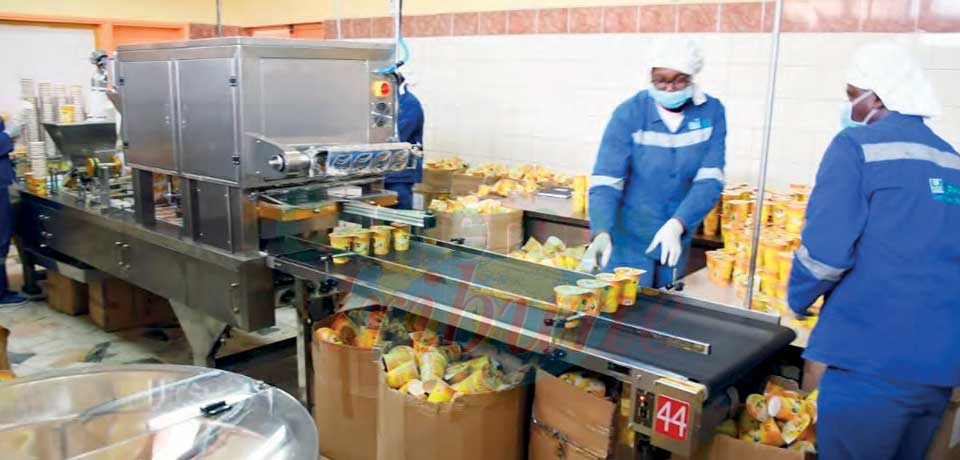
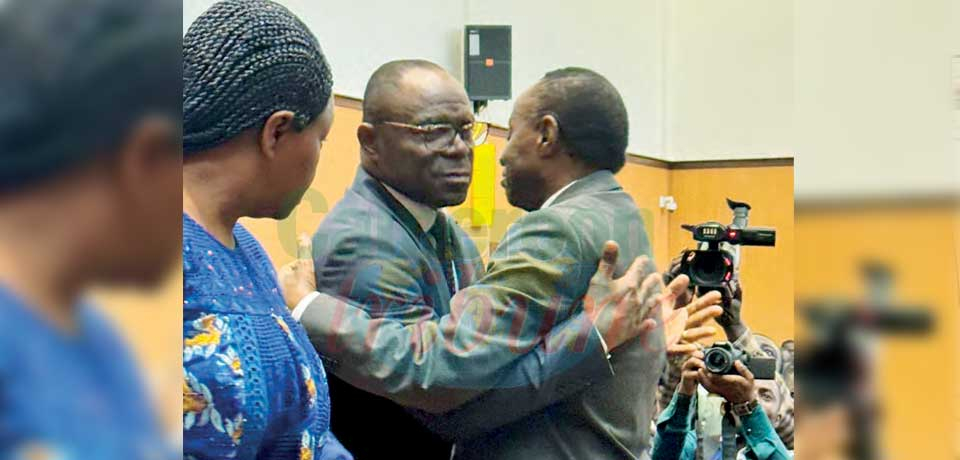
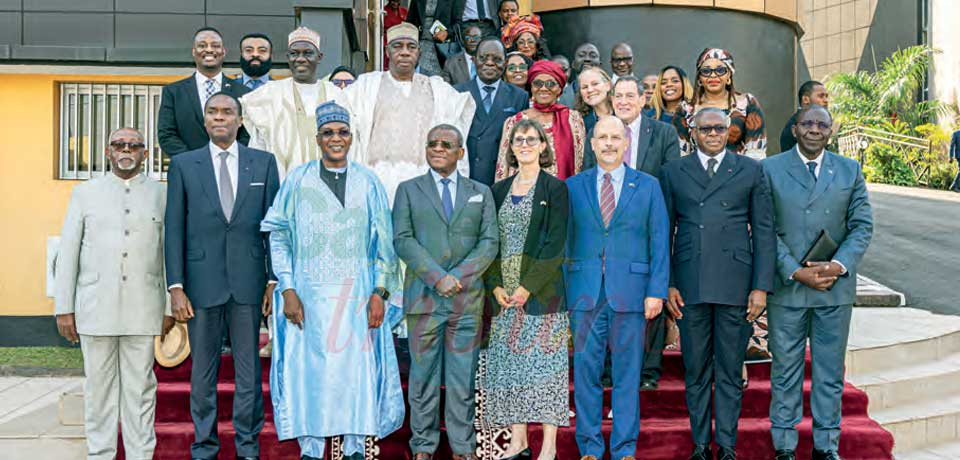
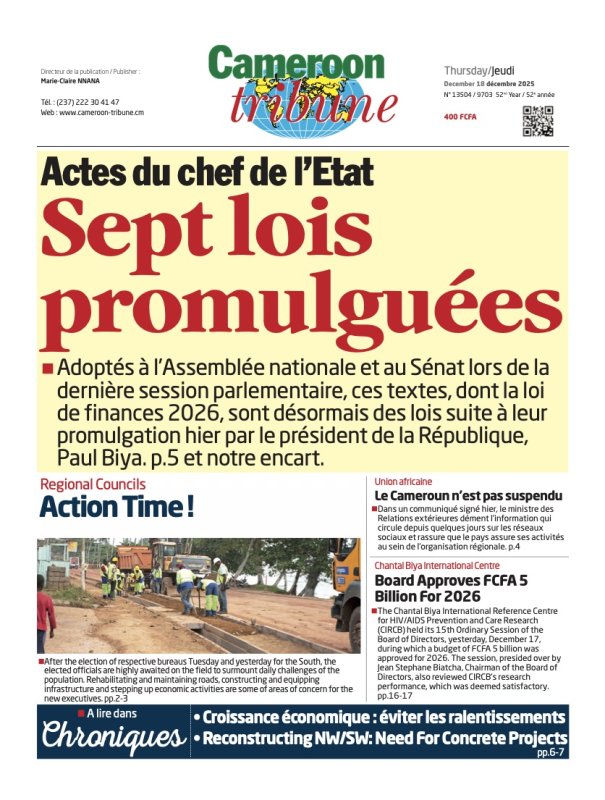




Commentaires